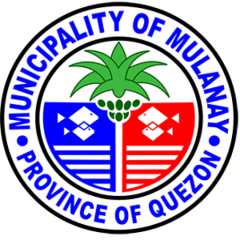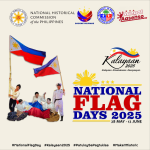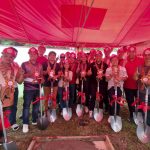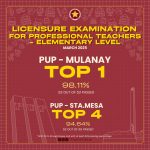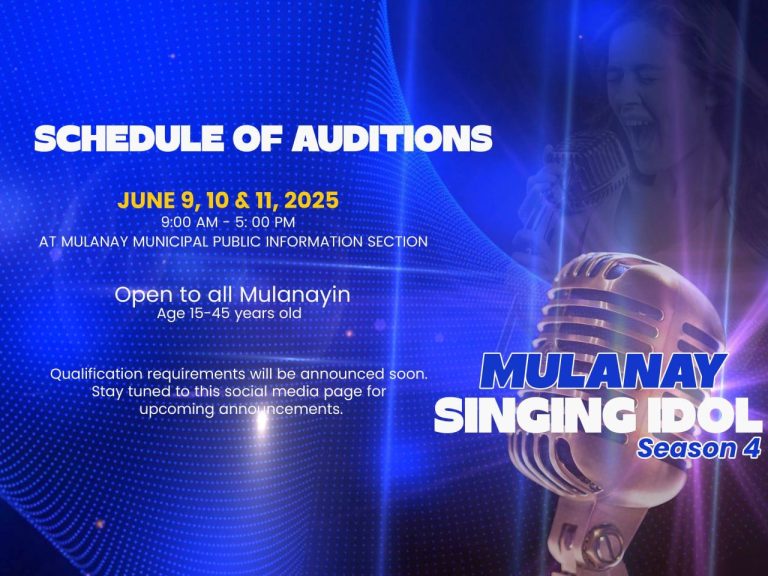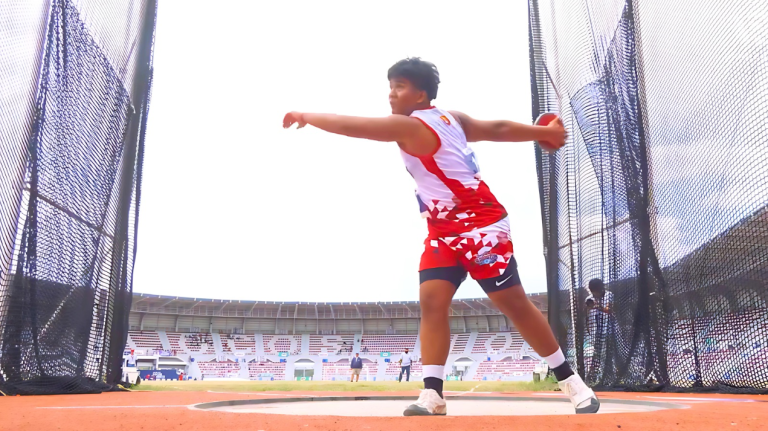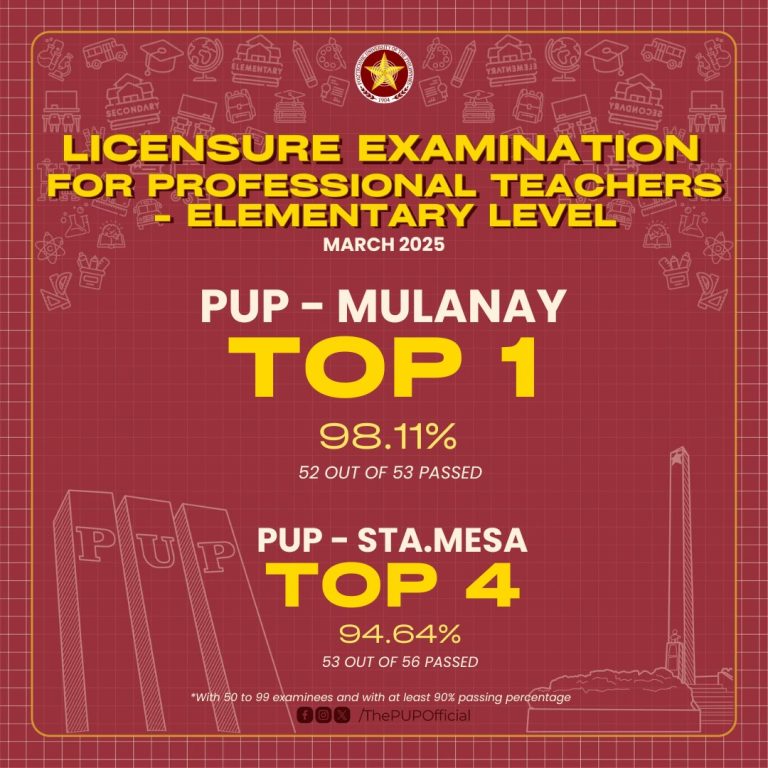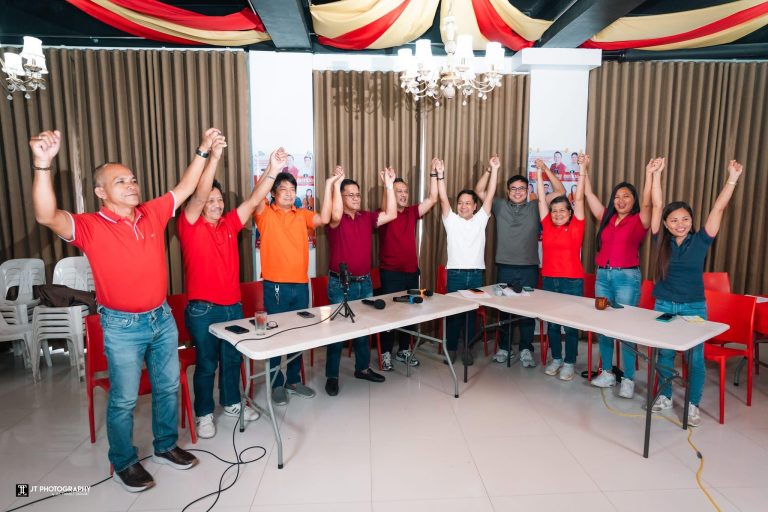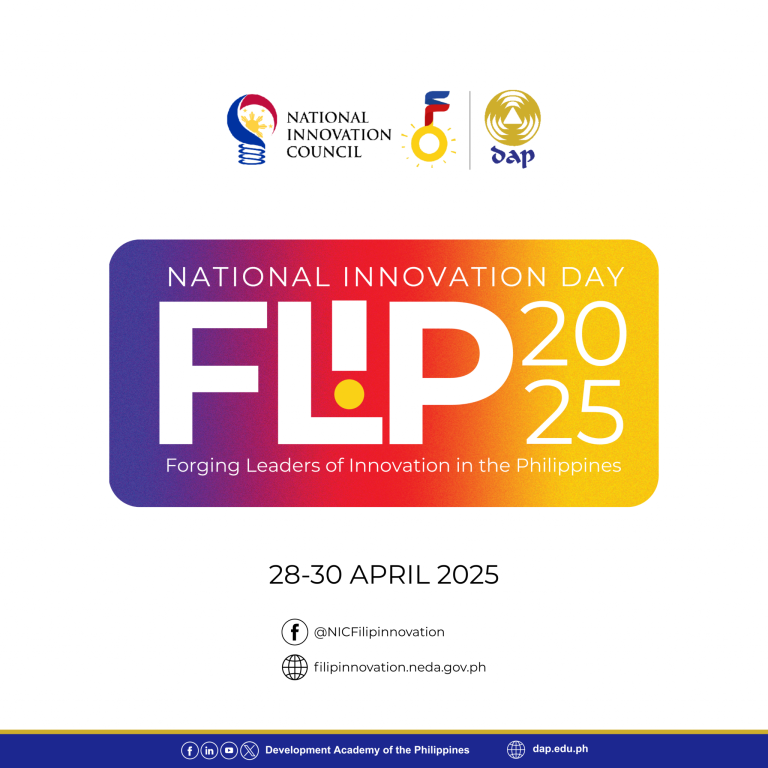Mulanay’s Journey Towards Clean Water and Sanitation: A Five-Part Analysis
Part 1: A Municipality on the Rise
The Municipality of Mulanay, a 1st class local government unit in Quezon province, has made strides in recent years thanks to financial assistance from the Department of Interior and Local Government (DILG). From 2015 to 2017, these funds enabled the installation of Level I and II water systems, marking a positive step forward. Despite existing concerns about climate change and an aging infrastructure, the Local Government aims to implement improvements to its Level III water system.
Part 2: Challenges Remain
Despite these advancements, Mulanay still faces significant challenges in water access and sanitation. According to the DILG’s Integrated Water Supply, Sanitation and Hygiene (iWASH) Investment Planning Tool, a concerning percentage of households lack access to safe water, while others struggle with untreated water quality. Similarly, the sanitation sector requires improvement, with a substantial portion of households lacking access to proper facilities.
Part 3: Beyond Households: Addressing Wider Needs
The lack of safe water and sanitation extends beyond individual homes, impacting public institutions like schools, evacuation centers, parks, and even the cemetery. These facilities lack readily available safe water and improved sanitation, posing potential health risks. Furthermore, aging water pipelines and inadequate drainage systems exacerbate the situation, particularly during typhoons and landslides.
Part 4: Health Consequences
The inadequate water and sanitation conditions contribute to the prevalence of waterborne diseases like diarrhea, pneumonia, dengue fever, and others. These illnesses lead to increased morbidity and mortality within the municipality, highlighting the urgency of addressing these issues.
Part 5: Charting a Course for Change
Recognizing these challenges, Mulanay’s key planners, functionaries, and stakeholders have collaborated to develop the Municipal Water Supply and Sanitation Master Plan (MWSSMP). This plan leverages data from various sources, including the Municipal Comprehensive Land Use Plan and the iWASH tools, to provide a comprehensive assessment of the current situation. It proposes interventions, investment strategies, and solutions to achieve the ultimate goal: by 2030, all Mulanay residents will have access to safe water, improved sanitation, and a healthy, clean environment.
This five-part analysis summarizes the key points of the text, highlighting the challenges and aspirations of Mulanay as it embarks on its journey towards a more sustainable and healthy future.
Background
Deprivation of access to safe drinking water and improved sanitation is a pressing challenge in the Philippines. Based on the Philippine Development Plan (PDP) 2017-2022 and the Philippine Water Supply and Sanitation Master Plan (2019-2030) around 14.5 percent of the families still no access to safe water supply, and 5.9 percent of the households have access to basic sanitary toilet facilities. Disparities in access are found to be more pronounced between rural and urban areas, and between poor and non-poor households. The Philippines has committed to contribute in attaining the Sustainable Development Goal (SDG) particularly on SDG No. 6 Ensuring Clean Water and Sanitation for All by year 2030.
MWSSMP Planning Framework
The MWSSMP planning framework is generally based on the objectives, policies and strategies outlined in the Philippine Development Plan (PDP) 2017-2022 and the Philippine Water Supply and Sanitation Master Plan (PWSSMP). The PWSSMP serves as the national action plan to achieve universal access to safe, sufficient, affordable, and sustainable water supply, hygiene, and sanitation by 2030.
Human Rights-Based Approach (HRBA)
The MWSSMP was prepared following the Human Rights-Based Approach (HRBA) to planning. It is guided primarily by the principle that development programs and policies must aim for the greater realization of human rights, and that the process of development programs must be guided by human rights principles and standards.
This approach is centered on the relationship between Government, as the primary duty bearer, and the people, as rights holders, and works towards developing the capacities of rights holders to claim their rights as well as duty bearers to fulfill their obligations. It emphasizes that development must not only focus on outcomes but also on the processes of realizing these outcomes. The minimum desirable outcomes refer to human rights standards or normative core elements while the processes pertain to human rights principles.
Normative Elements on the Right to Water and Sanitation
The HRBA to water and sanitation has six normative core elements that act as standards against which the efforts of Government and development agencies to realize access to water and sanitation can be measured and assessed.
- Water and sanitation availability: Quantity has to be sufficient on a continuous basis to meet basic human needs. There should be sufficiency of sanitation facilities and services and increase access to “Improved Sanitation”.
- Water and sanitation facilities quality: Water must be safe and acceptable. Sanitation facilities must be hygienically safe and properly constructed.
- Water and sanitation accessibility: Water and sanitation facilities must be within safe physical reach. Sensitive to the needs of women, disabled, children and elderly.
- Water and sanitation service affordability: Water and sanitation services must be affordable and should not create an adverse impact on households’ ability to pay for other basic needs.
- Sanitation acceptability: Sanitation facilities have to be culturally appropriate.
HRBA as Applied to Water and Sanitation
The human rights principles integrated into the planning framework include:
(a) Universality and indivisibility: it is a basic human right of all persons to have access to sustainable potable water and acceptable sanitation.
(b) Participation and inclusion: Active, free, and meaningful participation of stakeholders is basic human right and a fundamental operational principle of any development initiative.
(c) Equality and non-discrimination: Everybody are entitled to human rights without discrimination of any form, such as color, sex, ethnicity, age, language, religion, political affiliation, social origin, disability, property, or birth, among others.
(d) Accountability and rule of law: HRBA underscores that Government is responsible and answerable for the realization of rights to water and sanitation.
(e) Inter-dependence and Inter-relatedness: The realization of one right often depends, wholly or in part, upon the realization of others.
The above human rights standards and principles to water and sanitation was used to address the causes and obstacles why individuals and communities do not enjoy their rights. This approach helps identify those who are left out in the development process; prepare plans of actions and interventions that are more responsive and sustainable; and enhance accountability and transparency through participation and partnerships.
Recommendation to address the iWASH Issues and Challenges
Ensuring safe water and sanitation for all is crucial for public health and well-being. However, insufficient access remains a significant challenge. To overcome this, the Mulanay Water Supply and Sanitation Master Plan (MWSSMP) proposes key strategies:
1. Increased Financial Support:
- Implementing the MWSSMP requires substantial funding. Adhering to the iWASH Investment Plan can help secure necessary resources to achieve the 2030 target.
2. A Healthy and Progressive Community:
- The goal is to create a healthy and progressive community with improved water supply, sanitation, and hygiene facilities. This will enhance residents’ lives and promote environmental well-being.
3. Effective Monitoring and Evaluation:
- Regular monitoring and evaluation are crucial to address potential issues such as lack of political will, administrative changes, substandard materials, and non-compliance with sanitation standards. This ensures successful implementation of the MWSSMP’s Public-Private Agreements (PPAs).
4. Investment Strategies and Private Partnerships:
- Exploring alternative funding approaches and workable Private-Public Partnerships (PPPs) with water companies is recommended. Feasibility studies, public hearings, and sustainable development practices must be prioritized for project viability.
5. Utilizing Surface Water and Treatment Systems:
- The private sector proposes using river water as a primary source alongside Water Treatment Clarifier Systems capable of producing 2000 m3/day of clean water in problematic areas. This project is planned for Sitio Agsayan, Barangay Latangan, near the Mulanay River System.
| WATER SYSTEM SURFACE TREATMENT PROJECT | |||
| Water System Type | Water Treatment Clarifier System / Level III | ||
| Desired Water Production | 2.0 Million liters/day or 2000 m3/day | ||
| Number of Consumers | 20000 Person / 4000 HH | ||
| Operating Hours | 24 Hours per Day | ||
| Power Source | Electric Powered | ||
| Source of Water | River and Existing Springs | ||
| Water Quality | TDS = 150-250 ppm (WHO – Standard High Quality potable) | ||
| Location of Treatment Facility | Sitio Agsayan, Barangay Latangan 0.5 Hectare | ||
| Coverage | Poblacions, Bagupaye, Butanyog, Latangan, Sta. Rosa and Sto. Niño | ||
| Water System Components | Grit Removal → Pre-chlorination → Coagulation and flocculation → Clarification assisted with tube settlers → Sand Filtration → Post-chlorination → Sludge Management → Distribution Line | ||
| Project Cost | Phase I: 65-80 Million Phase II: 30-60 Million | ||
| Pros | Provide 24 Hours Potable water Helps Aquifer Recharge Reduce pressure on freshwater sources People tends to Conserve Water Helps reduce flooding Attracts Tourist and Investor Lessen cases of Water Borne Diseases | ||
| Cons | Increase Water Cost High Costs to Build and Operate Affects small scale Water Stations Environmental Impact (brine discharge disposal) Needed Large Area for the Treatment Plant | ||
| LGU Options | Option 1 | Option 2 | Option 3 |
| COMPLETE PRIVATIZATION | SEMI-PRIVATIZATION | LGU LED | |
| Funding Source | Private Company | Loans and Grant from different agencies | Loans and Grant from different agencies |
| Policies | |||
| Project Proponents | Private Company and LGU | Private Company and LGU | LGU and BLGU |
| Mode of Implementation | Contract | Contract | Contract |
| Considerations | % sharing of income: Will it come from the Gross Sales or Net Income? Consider Inventory of Assets LGU employees (Permanent, Contractual and Job Orders): Will they absorb them? | Provision of Water Treatment Facilities and Equipment only We purchase Water from them Distribution process: Will it be shouldered by the LGU or by them?Personnel requirement | – Funding and implementation: LGU Based ROI Timeframe Personnel and professional requirement |
| Pros | Generate Employment Reduce political influences Lead to infrastructure investments Access to expertise and technology Reduced government burden | Generate Employment Increase in Revenue Generation Regular monitoring of the Water Quality | Community Ownership Long-Term Community Goals Generate Employment Access to financial support and Cost Sharing Increase in Revenue Generation Regular monitoring of the Water Quality Control on pricing Local Regulation Reinvest profits into other infrastructure and service |
| Cons | Always leads to rate increases Cannot be controlled by the Government No accountability of quality of services Reduces public accountability Reduced equity and access Existing Water System will closed Environmental concerns | Double Costing shouldered by the Consumers Conflict of Interest | Low level of expertise in the operation Difficult to manage Risk of low standard water quality Highly Politicized |
| Conclusion | Access to private sector expertise and financing: PPPs can allow governments to access the expertise and financial resources of the private sector to deliver public services more efficiently and effectively. Improved project management: Private sector partners often have a strong track record of delivering projects on time and within budget. Innovation: PPPs can encourage innovation by allowing private sector partners to bring new technologies and ideas to the table. Risk sharing: PPPs can share the risks associated with a project between the public and private sectors. However, these benefits are not guaranteed and require strong safeguards: Regulation: Robust regulations are crucial to ensure social equity, affordability, and environmental sustainability. Balanced approach: Careful design and oversight are needed to prioritize public good alongside profit motives. Ultimately, the success of privatization depends on: Careful planning and implementation, Strong regulatory frameworks and Balancing profit with public good | ||
